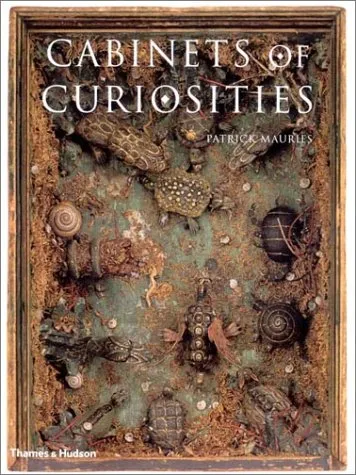Cabinets of Curiosities
By (author): "Patrick Mauriès"
ISBN0500510911
ISBN139780500510919
AsinCabinets of Curiosities
Original titleCabinets of Curiosities
The cabinet of curiosities, that strange assemblage of marvels from the natural world with virtuoso man-made objects, seemed definitively consigned to realms where only scholars venture. Its 300-year history apparently came to an end with the eccentric collectors of the baroque age, when scientific thinking and rationalism took over. But in recent years the cabinet of curiosities has reappeared in exhibitions in Europe and America and in international colloquia on university campuses, while reemerging as a source of inspiration for interior decorators and contemporary artists.This spectacular and ingenious book traces the history of these "rooms of wonders, " from their first appearance in the inventories and engravings commissioned by Renaissance nobles such as the Medici and the Hapsburgs, via those of the Dane Ole Wurm and the Italian polymath Athanasius Kircher, to the cabinets of seventeenth- and eighteenth-century scientists Elias Ashmole and Levinas Vincent.Much was genuinely scientific: minerals, fossils, stuffed and preserved animals and plants. Some items were merely curious, or even grotesque -- freaks of nature, monstrous births, insects in amber. The artificial or man-made was equally prominent -- wax effigies, death masks, specimens of almost incredible ingenuity (such as carvings on cherry-stones), or mechanical automata that imitated living things. The fascination of curiosities lies in their combination: they represent a stage of human inquiry in which imagination had not been divorced from reason.Patrick Mauries reconstructs these rooms of wonders as they were in their heyday and illustrates many of the most exotic items they contained, as well as the fewcomplete interiors that survive. He begins with the totality of the collection, the "theater of the world, " the whole sum of human knowledge gathered together in one room. He then examines the cabinets that contained and categorized the objects. Next he opens them to reveal the extraordinary melange of curiosities, specimens, and works of art. He looks at the personalities of the collectors themselves, from great princes to humble scholars, and finally at the modern revival of the cabinet of curiosity.

